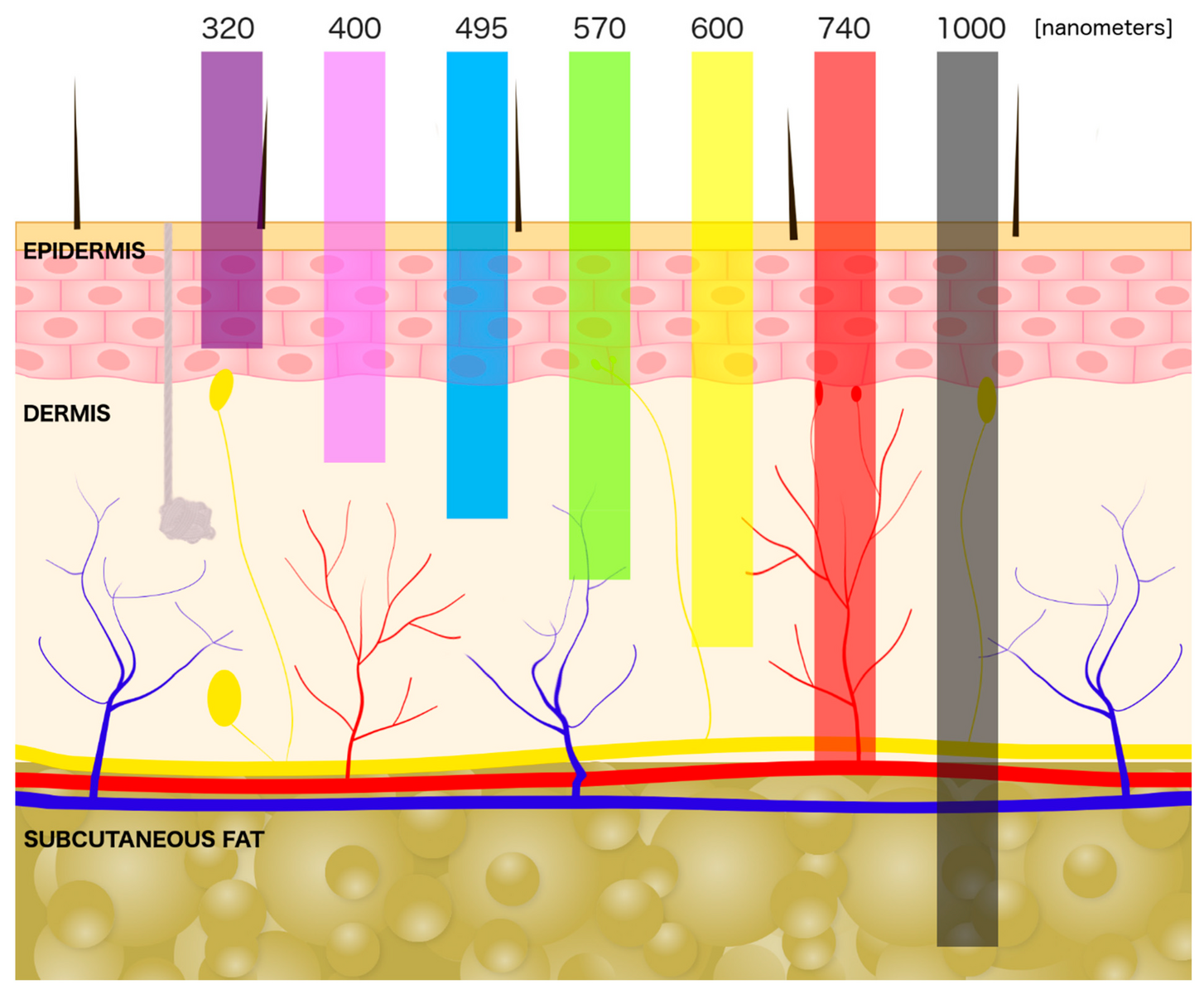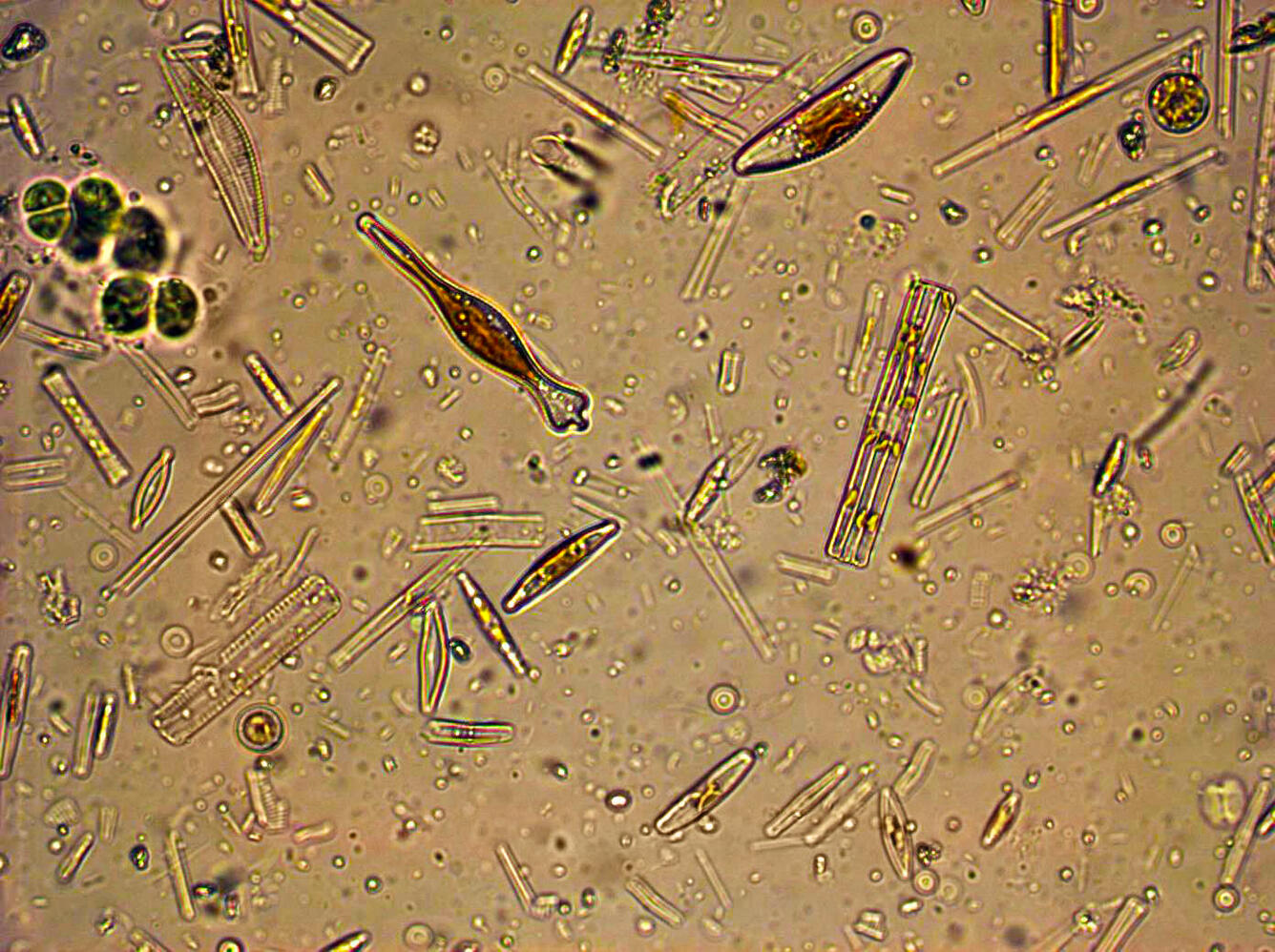IB Syllabus focus:
‘UV reduces phytoplankton photosynthesis, damages DNA, and in humans causes sunburn, ageing and cataracts.’
Ultraviolet (UV) radiation is a powerful force that can disrupt biological systems. Its harmful effects extend across ecosystems and human health, highlighting its importance within environmental science.
Ultraviolet Radiation and its Types
UV radiation is part of the electromagnetic spectrum, lying between visible light and X-rays. It is divided into three types based on wavelength:
UVA (320–400 nm): Lowest energy, penetrates skin deeply.
UVB (280–320 nm): Medium energy, causes significant biological damage.
UVC (100–280 nm): Highest energy, absorbed almost entirely by the stratospheric ozone layer.
Ultraviolet Radiation: Electromagnetic radiation with wavelengths shorter than visible light but longer than X-rays, capable of causing biological harm.
While the ozone layer filters most UVC and much of UVB, enough UVB and UVA reach Earth’s surface to cause ecosystem and health impacts.

Cross-section of human skin showing that UVB primarily affects the epidermis (sunburn risk), while UVA penetrates into the dermis (photoageing). The diagram also includes visible and infrared wavelengths not required by the syllabus; focus on the UV bands left of the spectrum. Source.
Ecosystem-Level Impacts of UV Radiation
Phytoplankton and Primary Productivity
Phytoplankton form the base of aquatic food webs.

Microscope image of phytoplankton, including diatoms, which underpin marine food webs and global carbon cycling. Their photosynthesis can be inhibited by increased UV exposure, reducing primary productivity. Source.
Increased exposure to UV, particularly UVB, has the following effects:
Reduced photosynthesis: UV interferes with chlorophyll activity, decreasing energy capture.
DNA damage: Genetic damage can impair reproduction and survival.
Weakened productivity: This reduces biomass availability for higher trophic levels.
A decline in phytoplankton disrupts carbon cycling, since these organisms are key carbon sinks, and weakens the resilience of marine ecosystems.
Terrestrial Plants
While some plants produce protective pigments, UV stress can lead to:
Reduced leaf growth.
Altered flowering and seed production.
Increased vulnerability to disease.
This influences primary productivity, biodiversity, and the stability of terrestrial ecosystems.
Animals and Food Webs
UV radiation indirectly harms animals through ecosystem changes. For example:
Reduced phytoplankton affects zooplankton and fish populations.
Amphibian eggs and larvae, exposed in shallow water, show higher mortality from DNA damage.
Reduced crop yields influence herbivores and human food systems.
Human Health Impacts of UV Radiation
Skin Effects
Human skin is highly vulnerable to prolonged UV exposure.
Sunburn: Acute inflammation caused by DNA damage in skin cells.
Photoageing: Chronic exposure accelerates wrinkling and loss of elasticity due to collagen breakdown.
Skin cancers: UVB-induced DNA mutations increase the risk of basal cell carcinoma, squamous cell carcinoma, and malignant melanoma.
Photoageing: Premature ageing of the skin due to long-term exposure to ultraviolet radiation, leading to wrinkles, pigmentation changes, and reduced elasticity.
Eye Effects
Eyes are directly exposed to solar radiation and can suffer long-term damage:
Cataracts: Clouding of the lens, leading to impaired vision or blindness.
Photokeratitis: Painful, temporary “sunburn” of the cornea caused by intense UV exposure.
Macular degeneration: Chronic UV exposure may contribute to vision loss in older age.
Immune System Impacts
UV radiation can weaken the human immune response by:
Damaging Langerhans cells in the skin, reducing immune surveillance.
Increasing susceptibility to infectious diseases.
Reducing effectiveness of vaccines in certain contexts.
Mechanisms of UV-Induced Damage
DNA Damage
UVB directly affects DNA molecules by creating thymine dimers, abnormal bonds between adjacent bases.

Diagram showing UV-induced thymine dimer formation in DNA, where adjacent thymine bases bond abnormally and distort the double helix. This lesion interferes with replication and repair, increasing mutation risk. Source.
Thymine Dimer: A DNA lesion formed when two adjacent thymine bases bond abnormally under UV radiation, causing genetic mutations.
Such mutations, if not repaired, can lead to cancerous growth or reduced reproductive success in organisms.
Oxidative Stress
UVA radiation penetrates deeper tissues, producing reactive oxygen species (ROS). These unstable molecules damage:
Proteins.
Lipids in cell membranes.
Mitochondrial structures.
This accelerates tissue degeneration and weakens organismal resilience.
Broader Environmental Consequences
Food Security: Reduced crop yields and disrupted fisheries threaten nutritional availability.
Biodiversity: Increased mortality of sensitive species alters ecosystem composition.
Carbon Cycle: Declines in phytoplankton weaken global carbon sequestration, contributing indirectly to climate instability.
Mitigation and Protection
Natural Protection
Ozone Layer: Absorbs the most harmful wavelengths, particularly UVC and much UVB.
Biological Mechanisms: Pigments (melanin in humans, flavonoids in plants) absorb UV.
Human Interventions
Use of sunscreens, protective clothing, and UV-blocking eyewear.
Public health campaigns to raise awareness about risks of UV exposure.
International treaties like the Montreal Protocol, which limit ozone-depleting substances, ensuring ozone recovery and reduced UV risks.
By understanding the multi-layered impacts of UV radiation on ecosystems and human health, students can better appreciate the interconnected vulnerabilities of Earth’s systems.
FAQ
UVB radiation can directly alter plant DNA by forming thymine dimers, leading to mutations that reduce growth and reproduction.
It also disrupts proteins such as enzymes in photosynthetic pathways, decreasing chlorophyll efficiency. Plants may produce protective pigments or repair enzymes, but prolonged exposure reduces resilience.
Amphibian eggs are often laid in shallow water with limited protection from UV rays. Their transparent jelly coating provides little shielding.
UV exposure can:
Increase embryo mortality.
Cause malformations during development.
Reduce survival of larvae, impacting populations and food webs.
Thinning ozone increases UV levels, while climate change stresses ecosystems through warming and altered precipitation.
Together, they intensify impacts:
Warmer waters plus UV stress accelerate coral bleaching.
Reduced phytoplankton resilience undermines marine carbon sequestration.
Species already stressed by climate shifts may face higher mortality from UV.
Yes, UV stress can alter plant chemistry and food quality.
Increased production of protective compounds may reduce nutritional value.
Altered flowering times can disrupt pollination.
Greater vulnerability to pests and diseases lowers food security.
Lifestyle choices can heighten UV risk:
Spending long periods outdoors without protective clothing or sunscreen.
Tanning practices that deliberately increase exposure.
Living in high-altitude or equatorial regions where UV is stronger.
These behaviours increase the likelihood of skin cancer, cataracts, and immune suppression.
Practice Questions
Question 1 (2 marks)
State two harmful effects of ultraviolet (UV) radiation on human health.
Mark scheme:
Sunburn / acute skin inflammation (1 mark)
Premature skin ageing / photoageing (1 mark)
Eye damage such as cataracts or photokeratitis (1 mark)
Increased risk of skin cancer due to DNA mutations (1 mark)
(Max 2 marks. Any two relevant effects, 1 mark each.)
Question 2 (5 marks)
Explain how increased UV radiation affects both ecosystems and human health.
Mark scheme:
Ecosystems:
Reduction of phytoplankton photosynthesis (1 mark)
Disruption of food webs due to reduced primary productivity (1 mark)
Increased mortality in amphibian eggs and larvae / negative effects on crops or plants (1 mark)
Human health:
DNA damage leading to skin cancers (1 mark)
Cataracts / other eye problems (1 mark)
Weakened immune response (1 mark)
Award up to 5 marks in total:
Maximum 3 marks for ecosystem impacts
Maximum 3 marks for human health impacts
Clear linkage to UV radiation required for credit.

